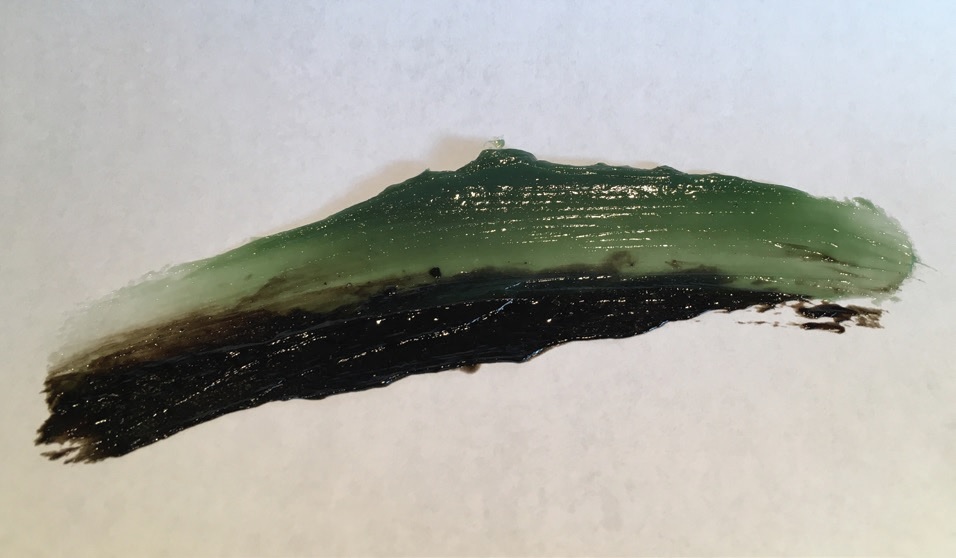Grease (in)compatibility
Evan Zabawski | TLT From the Editor August 2019
Just say, ‘No!’

Compatibility charts do not contain enough data to properly determine compatibility between two products but may provide a quick reference for known incompatibilities.
Photo courtesy of Evan Zabawski.
“Are these two greases compatible?” is a question that is not answered simply by referring to a grease-compatibility chart. Such charts vary in both terminology and data but also do not represent a conclusion determined by comprehensive testing. Even so, existing standards may not completely fill that void.
Some of the variations in terminology for the thickeners are minor and not likely to cause confusion, such as clay versus bentonite clay. Others, like stearate, 12-hydroxy and 12-hydroxy stearate, are not clear that they refer to the same lithium- or calcium-based thickener. These differences can make it difficult to match the terminology from the packaging or product data sheet to the compatibility chart.
The data is often presented as a matrix, with trinary recommendations (compatible, incompatible and moderate/borderline compatibility). The variances between two charts are easily explained with an example: suppose the current grease is a clay-based grease from Company A, and the new grease under consideration is a lithium-based grease from Company B.
Company A’s chart may list clay/lithium as incompatible, while Company B’s chart may say it is compatible. Neither chart is wrong, though neither may be right. The problem lies in the proprietary nature of the data. Company A’s chart is comparing Company A’s clay-based grease with Company A’s lithium-based grease, and Company B’s chart is comparing Company B’s clay-based grease with Company B’s lithium-based grease. But neither chart shows Company A’s clay-based grease with Company B’s lithium-based grease.
These charts are generally not based on an exhaustive regimen of testing but, rather, only the structural stability of mixtures of different thickeners. They also do not address any performance characteristics of the grease mixtures, nor do they identify any base oil or additive differences or incompatibilities. Compatibility charts simply do not contain enough data to properly determine compatibility between two products but may provide a quick reference for known incompatibilities.
Even if two different greases of the same thickener type were being compared, the base oil itself must be taken into consideration. The base oils could have different viscosities that might lead to increased friction or wear, but they also could be different oil types. Some of the API Group V synthetics, in particular, are not compatible with other mineral and synthetic base oils.
However, even if the thickener, base oil type and viscosity are identical, there is still a potential issue for the additives to be incompatible with each other or some metallurgies. A common example would be using a non-EP grease and switching to an EP grease; there is a possibility that the EP additive could interfere with the performance of other surface-active additives like rust inhibitors or that the EP additive could be reactive toward yellow metals (brass or bronze) in contact with the grease.
One method used to determine compatibility is ASTM D6185; this standard prescribes performing a series of tests on three different mix ratios: 50:50, 10:90 and 90:10. The standard describes evaluating the mixture to confirm there is no significant decrease in dropping point, the mechanical stability remains in range and the consistency remains in range after heating.
While this provides a standardized approach, the greases are not really put into completely realistic working conditions. As such, certain additive properties like rust and corrosion protection or wear prevention cannot be evaluated without requesting extra testing not required by the standard. Still, this is far better at unveiling potential incompatibilities that would not be seen by visual inspection alone.
Evidently, compatibility charts cannot be relied upon as the sole source to confirm compatibility, but even standardized testing could be expanded to uncover more potential issues between two greases.
Evan Zabawski, CLS, is the senior technical advisor for TestOil in Calgary, Alberta, Canada. You can reach him at ezabawski@testoil.com.